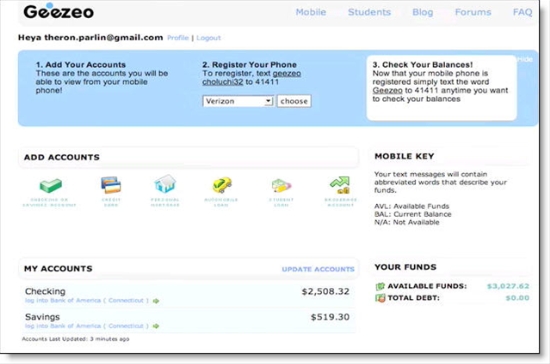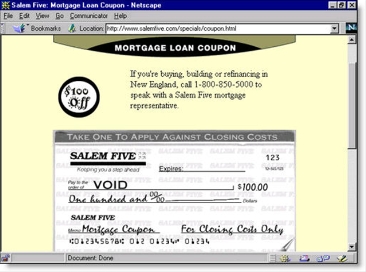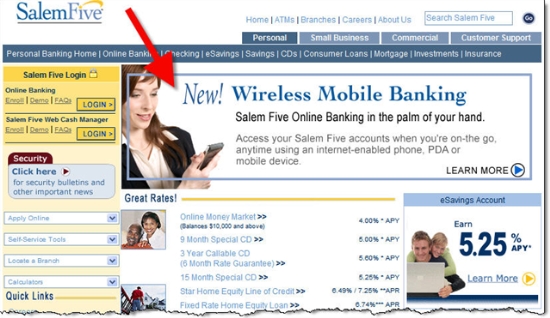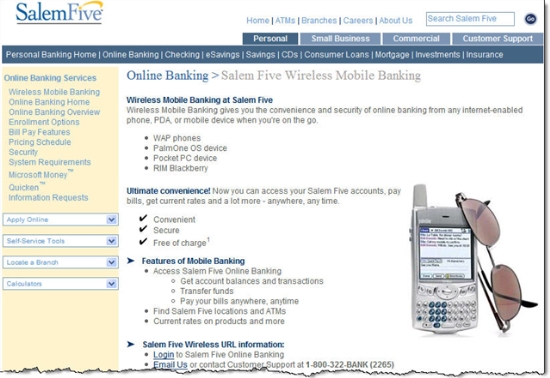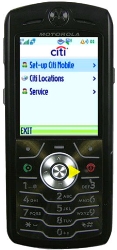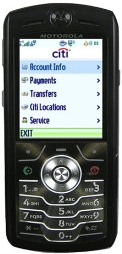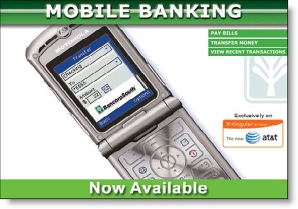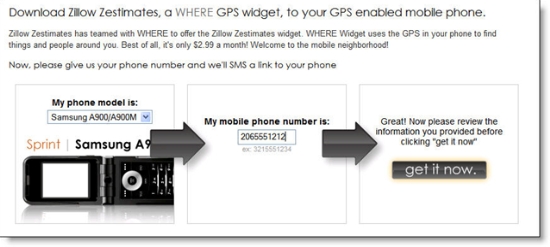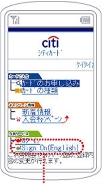 The latest entry in the mobile banking space is Geezeo, who unveiled an account aggregation/mobile banking mashup Sunday called Geezeo Mobile. Take a few minutes and watch their screencast (here), which does a good job explaining how it works. Geezeo recently changed its name from DebtFolio and still operates a credit card selector at debtfolio.com. The company also offers a student loan consolidation service, called Geezeo Student.
The latest entry in the mobile banking space is Geezeo, who unveiled an account aggregation/mobile banking mashup Sunday called Geezeo Mobile. Take a few minutes and watch their screencast (here), which does a good job explaining how it works. Geezeo recently changed its name from DebtFolio and still operates a credit card selector at debtfolio.com. The company also offers a student loan consolidation service, called Geezeo Student. 
Here's how it Geezeo Mobile works:
- At the Geezeo website, list the usernames/passwords and challenge answers if necessary, to any credit card or bank account you wish to track (see screenshot below)
- Register your mobile phone with Geezeo
- Send a text message to Geezeo, and it will return a text message listing your current balances at all the tracked accounts (see inset)
The account aggregation is powered by CashEdge, which has considerable credibility in the banking industry, but is an unknown with consumers.
Analysis
As much as I personally love this service, it's probably ahead of its time, at least as a standalone product. It's a combination of two little-used services, text message banking + account aggregation, offered by an unknown company. Furthermore, massive security and privacy concerns are barely addressed, and it doesn't work in IE6. But it is a beta offering in its first week, so those things will be fixed. And the mobile service is just a piece of a larger personal finance offering according to the email sent to Geezeo registrants May 13:
Geezeo Mobile and Geezeo Student are part of a much larger online personal finance manager that's soon to be released. Geezeo will feature solutions to help you manage your money, keep track of where your money goes, provide suggestions for improvement, help you meet your financial goals and connect with others.
We have yet to connect with the founders, but according to MobileCrunch, the business model is contextual advertising. If that's true, Geezeo will need to appeal to the youth market, where bank account balances are lower, security concerns are fewer, and texting is the norm. But a better business model might be licensing the tool to banks and credit unions. In one fell swoop, the Geezeo app would give a financial institution a unique mobile banking offering, an entry into account aggregation, and an appealing platform for younger customers.
